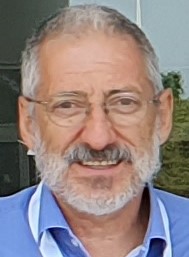
Carotid body chemoreceptors function as glucose sensors and contribute to glucose homeostasis. The nucleus tractus solitarii (NTS) is the first central nervous system (CNS) nuclei for processing of information arising in the carotid body. Here, we microinjected a nitric oxide (NO) donor sodium nitroprusside (SNP), an NO-independent activator of the soluble guanylyl cyclase (sGC) (YC₁) or an NO-synthase (NOS) inhibitor Nω-nitro-l-arginine methyl ester (L-NAME) into the commissural NTS (cNTS) before carotid chemoreceptor anoxic stimulation and measured arterial glucose and the expression of Fos-like immunoreactivity (Fos-ir). Male Wistar rats (250-300 g) were anesthetized, and the carotid sinus was vascularly isolated. Either artificial cerebrospinal fluid (aCSF), SNP, YC₁ or L-NAME were stereotaxically injected into the cNTS. The SNP and YC₁ infused into the cNTS before carotid chemoreceptor stimulation (SNP-2 and YC₁-2 groups) similarly increased arterial glucose compared to the aCSF-2 group. By contrast, infusion of L-NAME into the cNTS before carotid chemoreceptor stimulation (L-NAME-2 group) decreased arterial glucose concentration. The number of cNTS Fos-ir neurons, determined in all the groups studied except for YC₁ groups, significantly increased in SNP-2 rat when compared to the aCSF-2 or SNP-2 groups. Our findings demonstrate that NO signaling, and the correlative activation of groups of cNTS neurons, plays key roles in the hyperglycemic reflex initiated by carotid chemoreceptor stimulation. Copyright © 2013 Elsevier Inc. All rights reserved.









